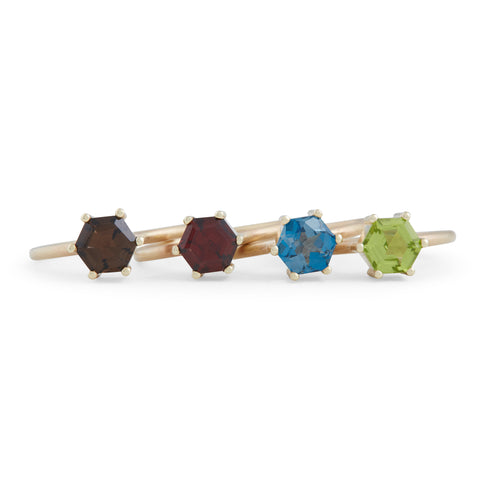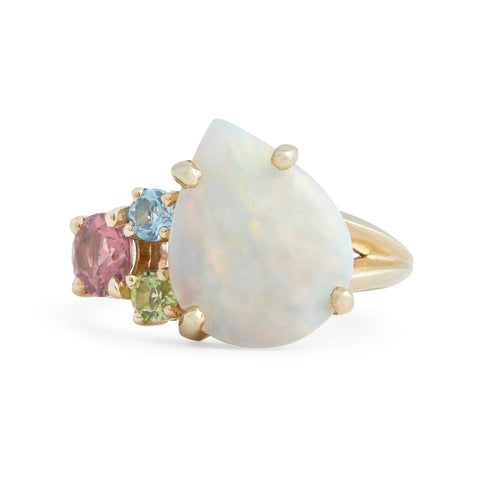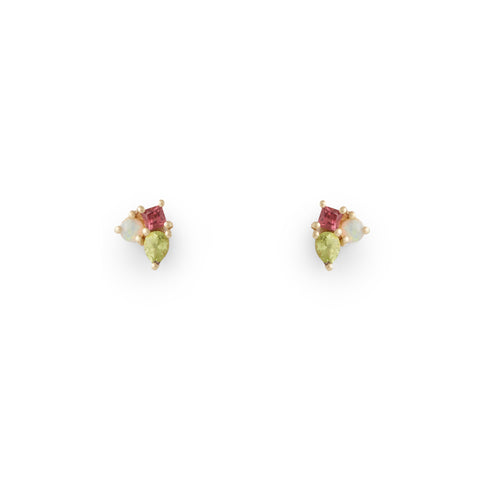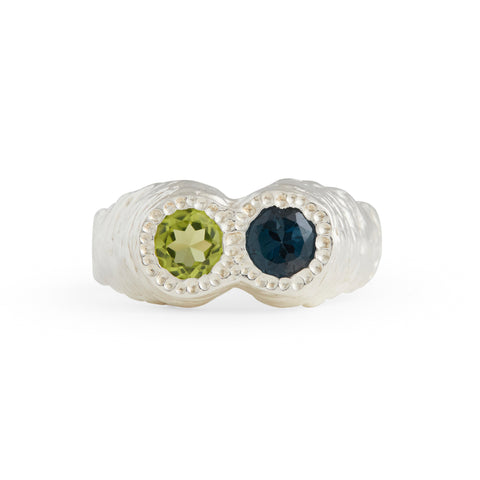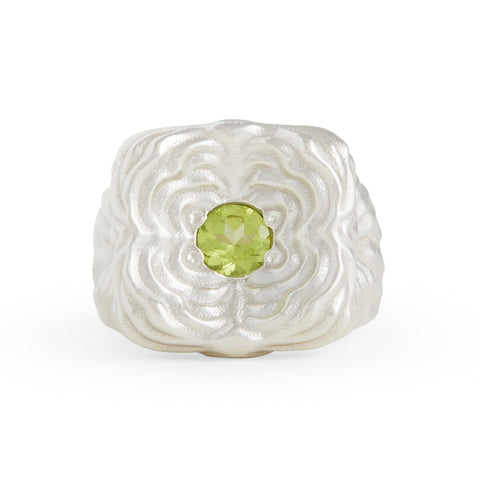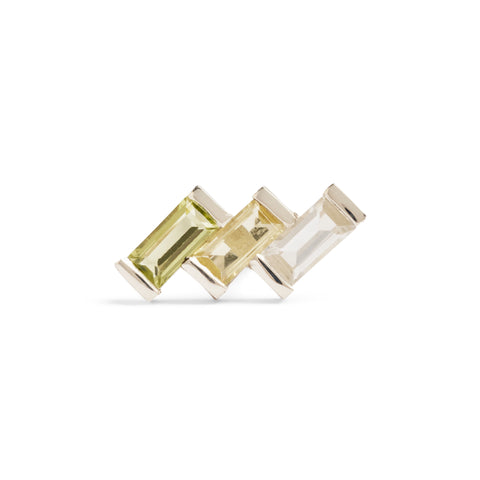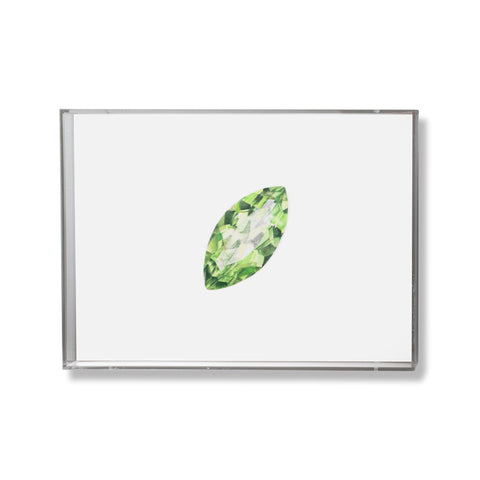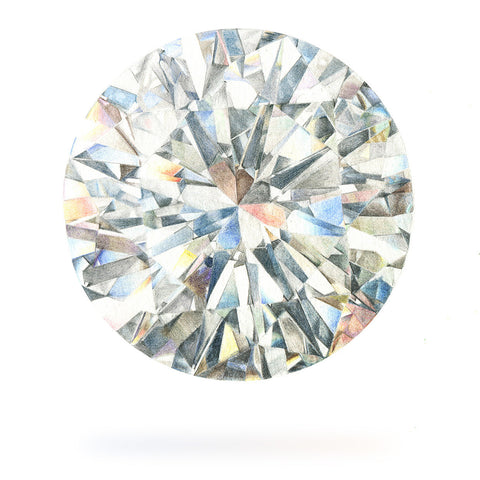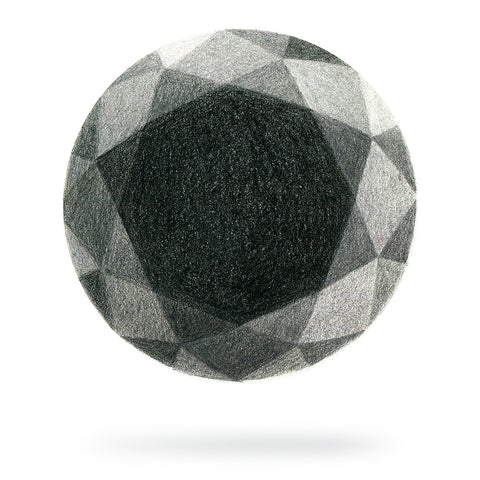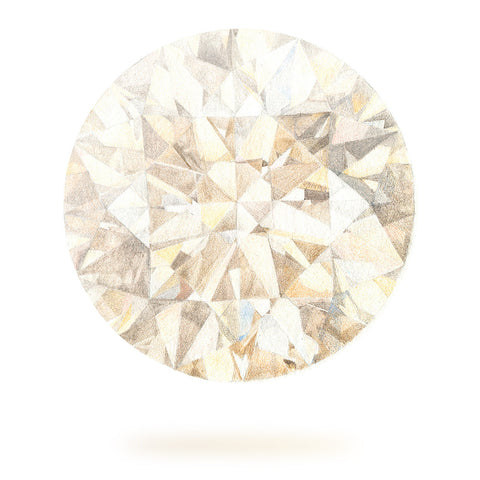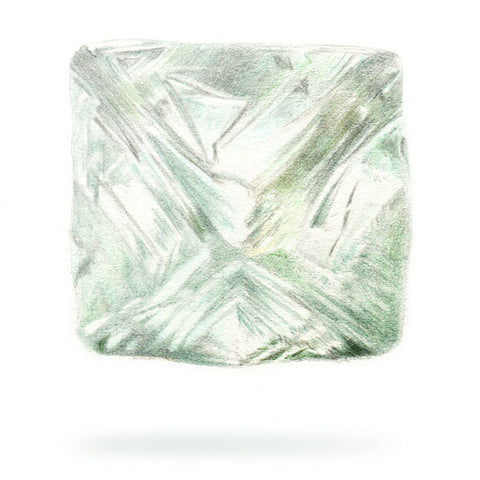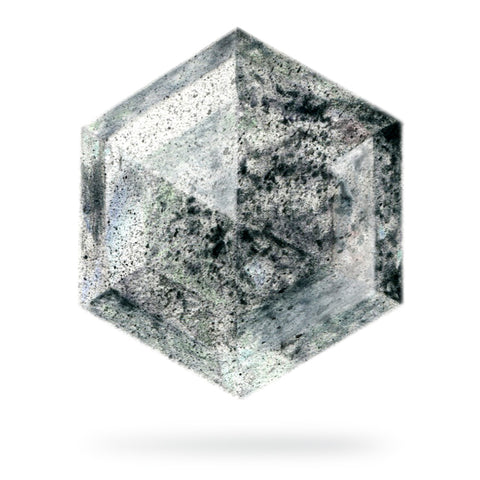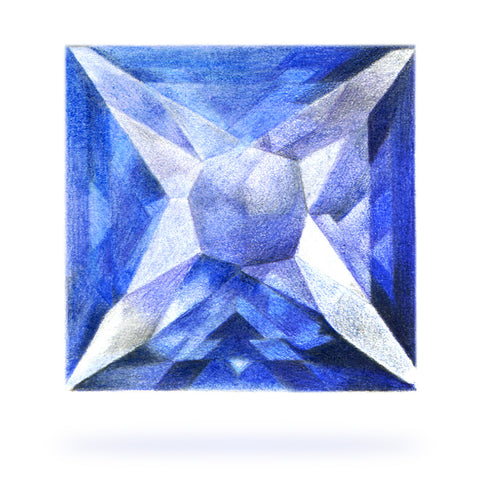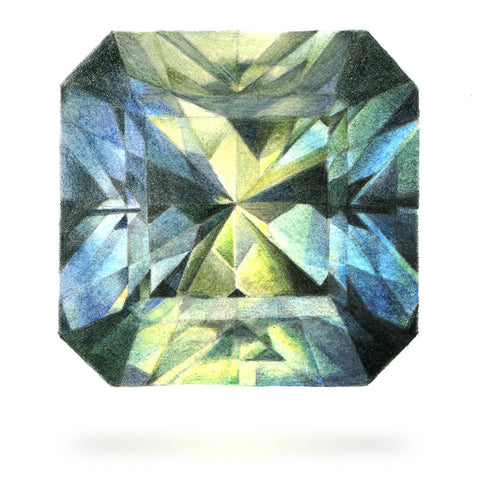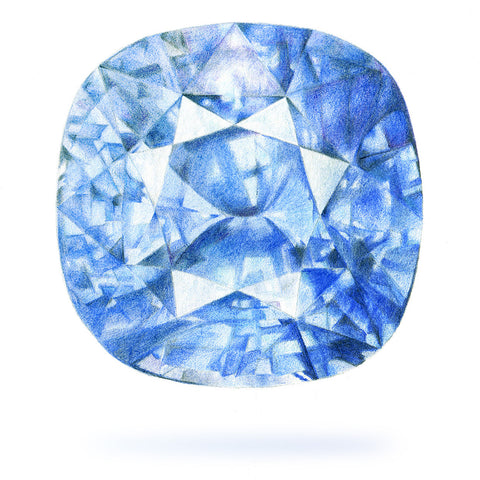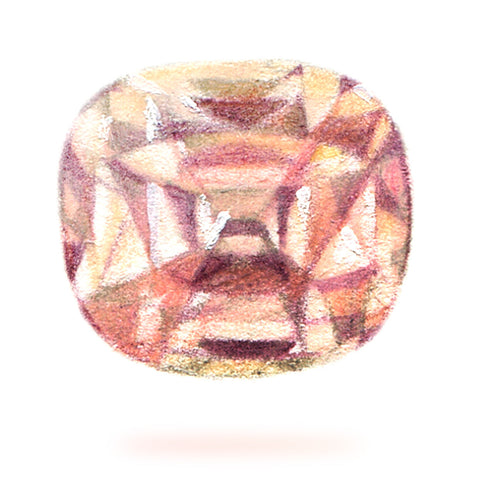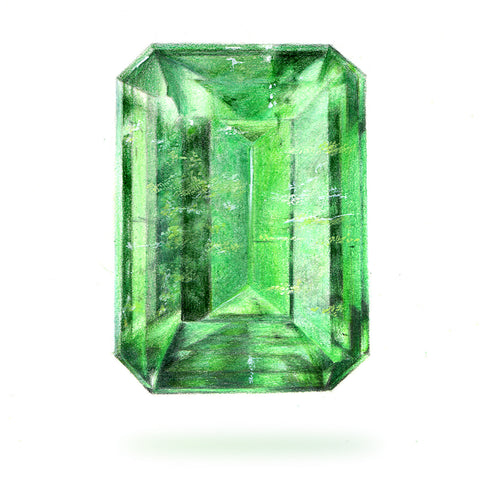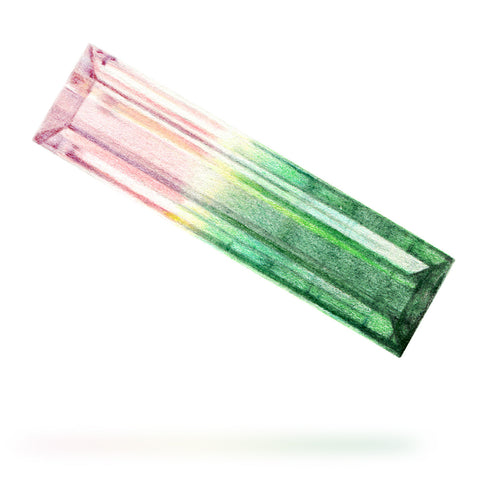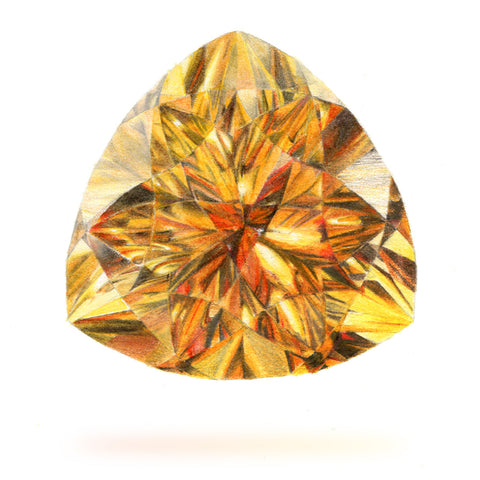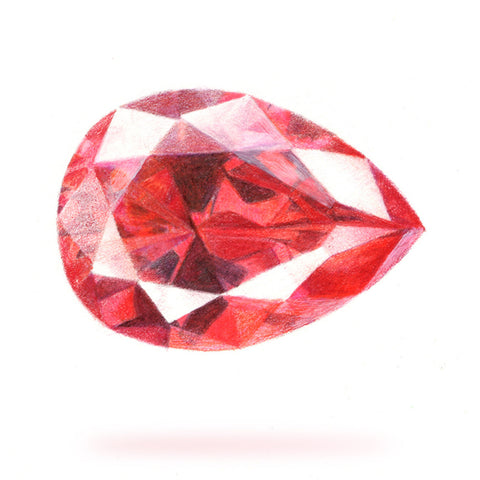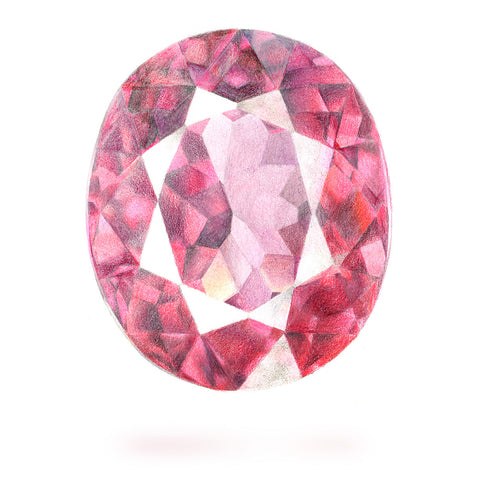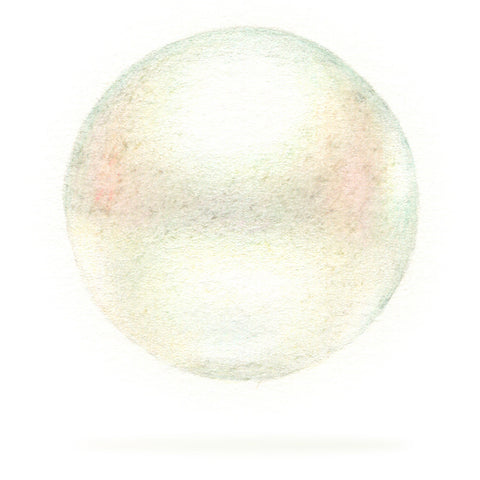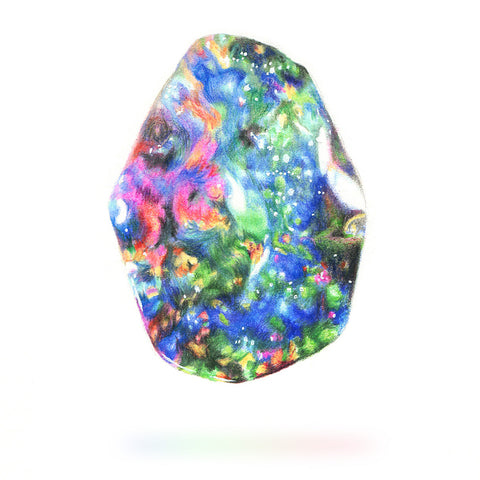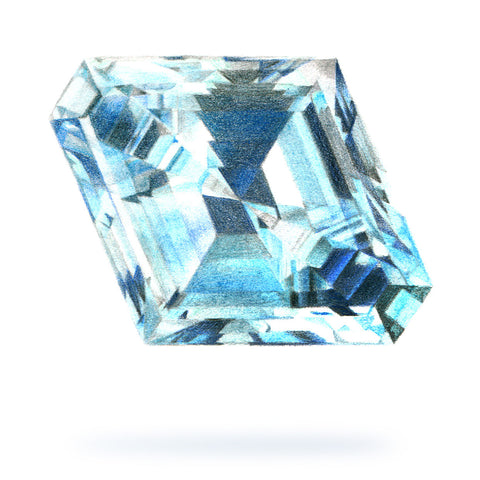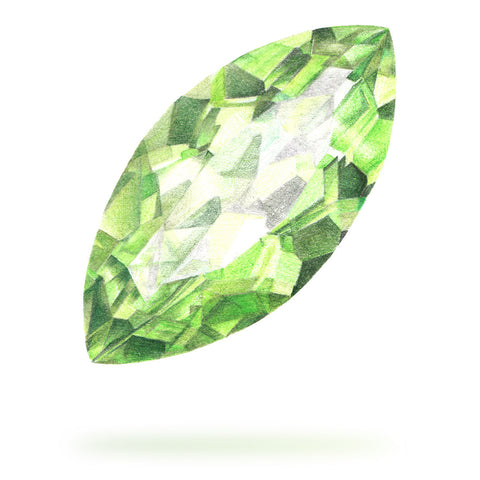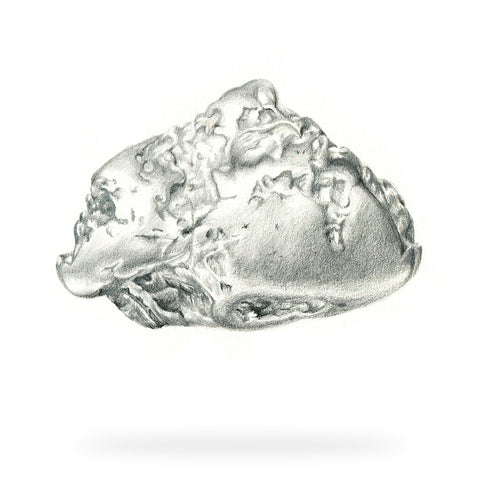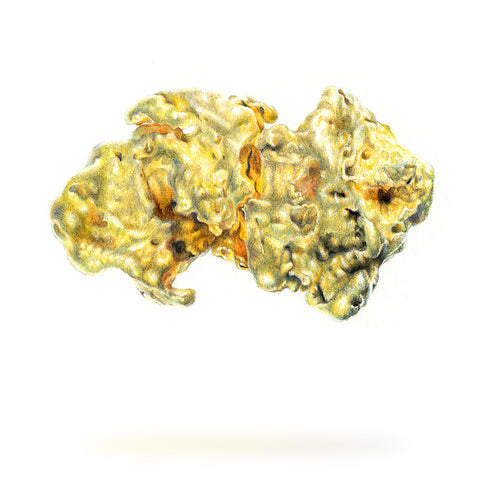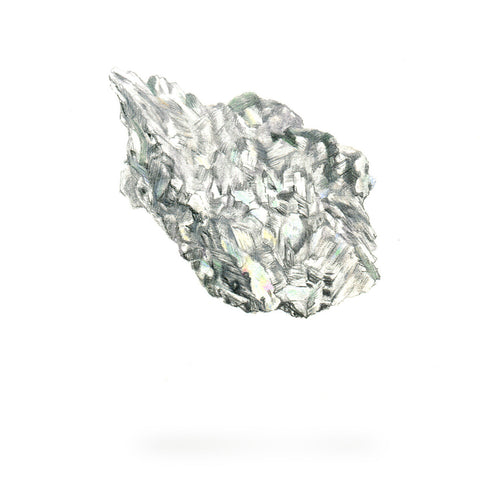Peridot

Peridot is often associated with Spring. It is a yellowish green gem from the mineral olivine, which is found in peridotite rock in the earth’s upper mantle. Interestingly, peridot is incredibly ancient and found in pallasite meteorites which are remnants from the birth of our solar system. In 2005 peridot was found in the comet dust retrieved from the NASA robotic space probe Stardust, something which makes us love this intergalactic gem even more! Today it is estimated that about 80-90% of the world's supply comes from San Carlos in the Apache Reservation, USA.
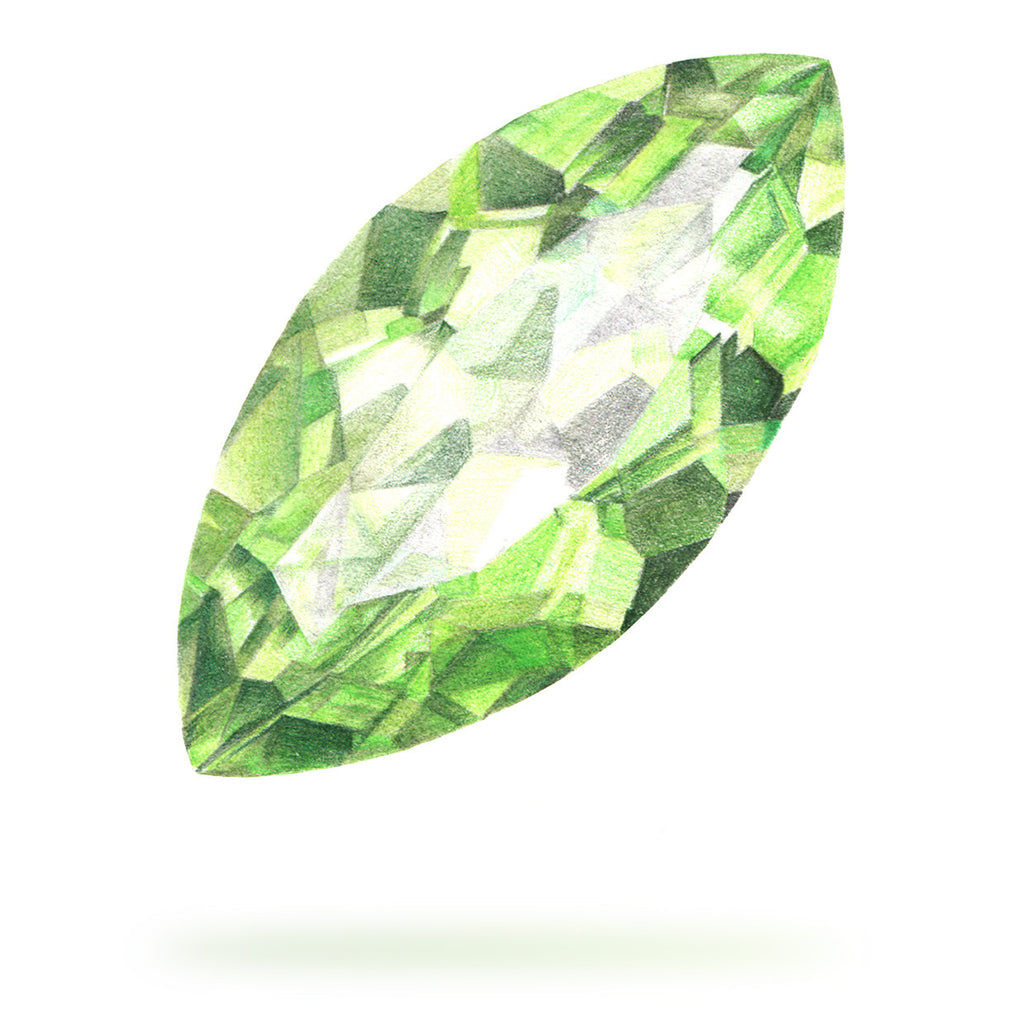
- Mineral/Olivine
- Colour/Yellowish green
- Moh's Hardness/6.5 - 7
- Birthstone/August
- Anniversary/15th
GRADING
The best coloured peridot is a pure grass green but this is very rare and most tends to be more of a yellowish green colour. Its colour is lighter than a tsavorite garnet or emerald, and can be almost lemon-green. The colour is derived from its mineral composition which includes elements of magnesium and iron. Peridot is often found in basalt, a rock rich in these two minerals which comes to the earth's surface via volcanic activity.
In terms of clarity, it is generally a very clear gem with few inclusions, most of which are visible only under magnification. The crystal grows quite large so very big faceted gems can be cut - over 50 carats - but it can be cut into all sizes and shapes. In terms of hardness, at 6.5-7 on the Moh’s scale it is on the softer side so we don’t recommend it for engagement rings or any ring that will be worn daily. However, it’s hardness is good for other items of jewellery.
HISTORY
Peridot is an ancient gemstone once called the 'gem of the sun' by the Egyptians, who exclusively mined this gem for 3500 years on the volcanic island of Zabargad (also known as Snake Island) in the Red Sea. At this time, it was thought to be the only place on earth where it could be found and thus it was considered one of the most precious stones. Peridot was sometimes misidentified as emerald in the ancient world, as is thought to be the case with Cleopatra’s famed emerald jewellery collection; now considered to have more likely been peridot.
There have been some incredible historical examples of peridot, including the 200 carat gem which decorates the tomb in the reliquary in the Cologne cathedral, said to hold the remains of the Three Magi. In Istanbul, the Gold Festival Throne in the Topkapi Palace is studded with 957 bright green peridots, an incredible piece of craftsmanship from the Ottoman period.
CARE
Being 6.5-7 on the Moh's scale of hardness, peridot is considered a good gemstone for jewellery but must be worn with care. It can be scratched and chipped if handled roughly, so be careful to avoid any hard impacts or knocks. Peridot is stable to light exposure but avoid acids and abrasive materials, extreme heat changes and ultrasonic cleaners. It is best to soak your peridot jewellery in warm soapy water, rinse and dry with a soft cloth.





